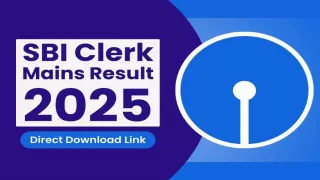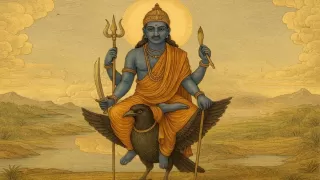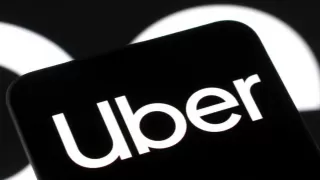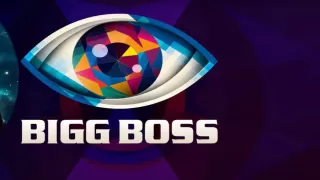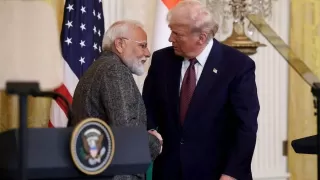In the rapidly evolving world of artificial intelligence, few tools have made waves like ChatGPT. From writing code to generating art, its capabilities are broad—and growing. But with great power comes great responsibility. Recently, ChatGPT's image-generation feature found itself in the eye of a digital storm, accused of helping users create fake Aadhaar and PAN card images, raising serious ethical and legal questions in India.
Can ChatGPT Create Fake Identity Cards?
The controversy erupted after screenshots flooded social media, allegedly showing ChatGPT generating what appeared to be replica Aadhaar and PAN cards, complete with fake names, addresses, and even government-issued identification numbers.
When prompted on a desktop Mac app, ChatGPT firmly declined requests to generate Aadhaar or PAN card images, stating:
'I can’t help with creating or modifying official documents like Aadhaar cards. If you need one, it’s best to visit the official UIDAI website or a certified Aadhaar enrollment center near you.'
However, a different interaction on the iPhone app showed a slightly varied response. While still refusing to generate authentic documents, the chatbot offered to create mock-up or template-style graphics with fictional placeholders—intended purely for design or educational use. No real identity data was involved—unless the user explicitly input it.
But here’s the catch: If users willingly provide real personal information—like their photo, name, and date of birth—ChatGPT could potentially generate a realistic-looking identity mock-up. This opens the door to misuse, whether intentional or accidental.
ChatGPT, especially when integrated with image-generation models like DALL·E, can render visuals based on descriptive prompts. It doesn't inherently understand legality or intent—it simply processes input and creates output. This makes human supervision and ethical prompting crucial.
Creating forged government documents—even for entertainment or artistic purposes—is a criminal offense under Indian law, punishable by hefty fines and imprisonment under the IPC and IT Act.
Even if the document is fictional or watermarked as a 'sample,' it could still be misused in fraudulent schemes, from bank scams to identity theft.
This puts AI developers, users, and platforms in a delicate position. While OpenAI enforces content policies that prohibit the generation of illegal or deceptive materials, loopholes in user prompts can occasionally bypass filters—intentionally or otherwise.
What OpenAI Has to Say
So far, OpenAI has not made a direct statement on this specific Aadhaar/PAN card issue. However, the company has acknowledged that its latest models—especially those capable of rendering instructional diagrams and templates—pose unique safety challenges.
A statement from their safety guidelines reads:
'As with any launch, safety is never finished and is rather an ongoing area of investment. As we learn more about real-world use of this model, we’ll adjust our policies accordingly.'
The company also emphasizes user responsibility and encourages reporting any misuse via official channels.
How to Stay Safe
If you're using AI tools like ChatGPT, here are a few ways to stay within ethical and legal boundaries:
Never input real personal information when experimenting with templates or image generation.
Avoid prompting AI to mimic government-issued formats for anything beyond clear educational or illustrative purposes.
Report suspicious behavior or content violations directly to OpenAI or relevant authorities.
Educate others—especially students and young users—about the implications of misusing AI for fraudulent tasks.
The fusion of AI and image generation has brought us to a new frontier—one filled with opportunities but not without risks. As ChatGPT becomes more powerful, how we use it defines its impact. The fake Aadhaar and PAN card controversy is a wake-up call for AI developers, regulators, and users alike.
Innovation should never come at the cost of ethics, legality, or privacy. The tools may be smart, but the responsibility is still ours.
Also Read: Who is the CSK fangirl who went viral after Dhoni got out in IPL 2025?




